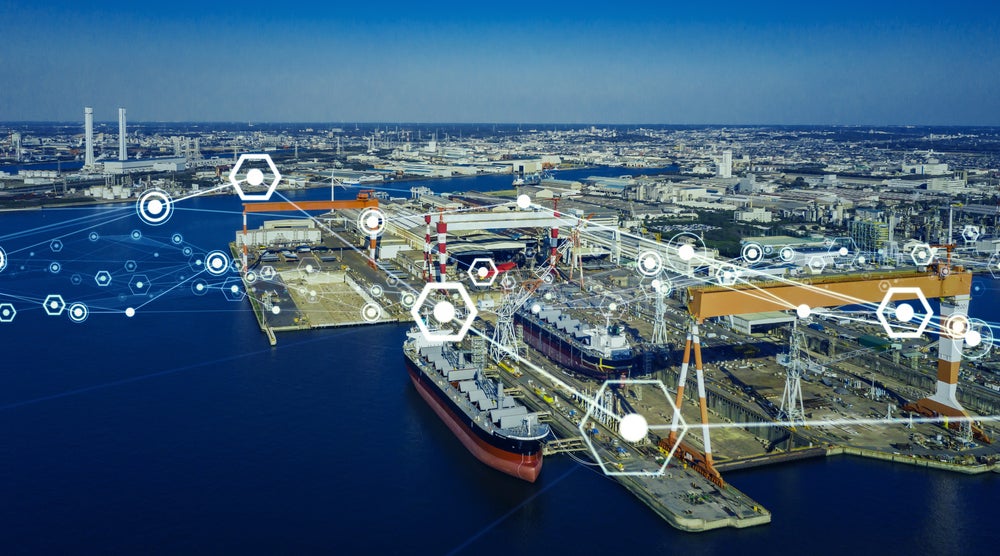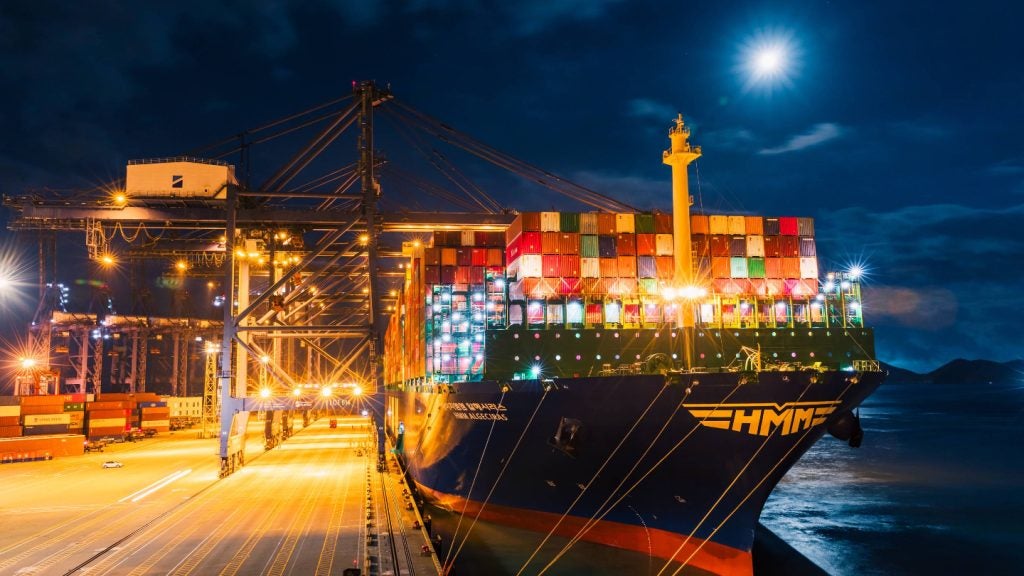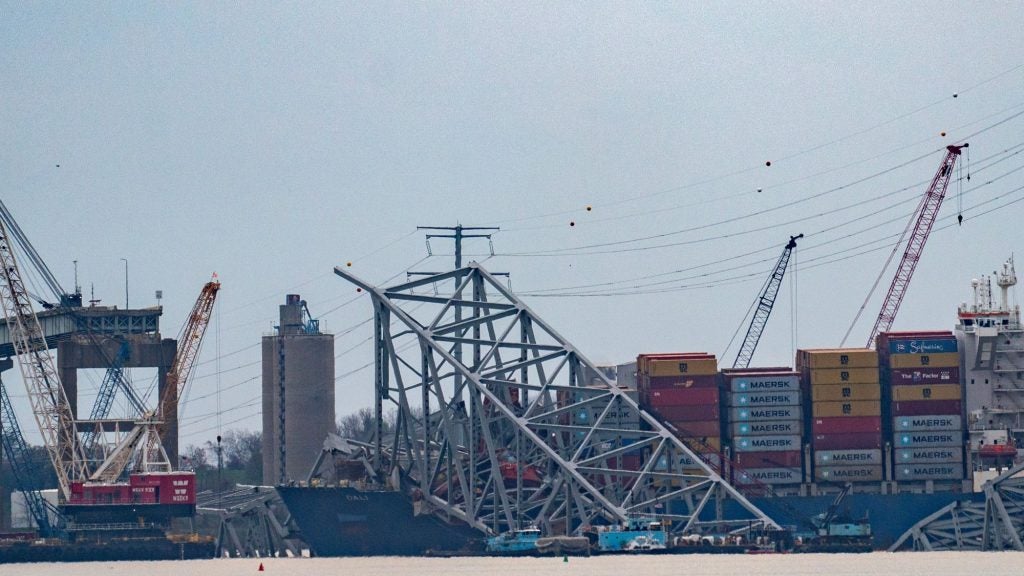New Zealand’s Ports of Auckland (POAL) has unveiled a new report, which outlines recommendations to install shore power systems at one of its cruise berths over the next five years.
The report has also suggested switching its choice of fuel for visiting ships to a variant containing 0.1% sulphur.
Entitled ‘Study into the feasibility of using shore power for cruise ships berthed in Auckland’, the report examined the feasibility of various emission reduction technologies such as shore power, fuel switching, land / barge based exhaust capture systems and ship-based scrubbers.
The study also evaluated the practicality of solutions relating to various social and environmental considerations, in addition to assessing the whole-life cost of alternatives that could be adopted by the port to reduce emissions.
The research primarily focused on cruise ships due to the cruise industry’s proactive approach to addressing environmental concerns over the last decade, as well as the fact that vessels of this type are frequently equipped with the related on-board infrastructure.
POAL chief executive Tony Gibson said: “POAL has decided to adopt the recommendation to plan for shore power.
How well do you really know your competitors?
Access the most comprehensive Company Profiles on the market, powered by GlobalData. Save hours of research. Gain competitive edge.

Thank you!
Your download email will arrive shortly
Not ready to buy yet? Download a free sample
We are confident about the unique quality of our Company Profiles. However, we want you to make the most beneficial decision for your business, so we offer a free sample that you can download by submitting the below form
By GlobalData“Shore power has an estimated total cost of $18.3 million (±30%) and the potential to reduce greenhouse gas emissions by 31%.
“We will not pursue fuel switching at this stage because the greenhouse gas reductions it delivers are marginal.
“While fuel switching would deliver a large reduction in sulphur emissions, this reduction is due to happen with the introduction of new international rules on the sulphur content of marine fuels in 2020.”
POAL plans to conduct additional work relating to shore power next year, including a detailed cost estimate, cost-benefit analysis and investigation of funding options.
The plan is anticipated to help the port achieve its 2040 zero-emission goals and support Auckland Council’s wider Low Carbon Auckland Strategy.







